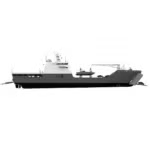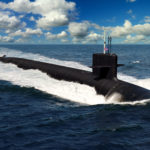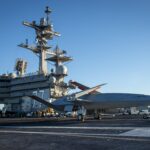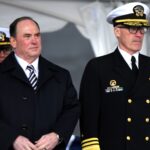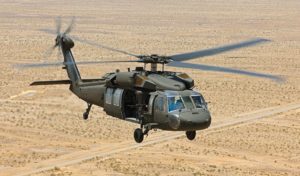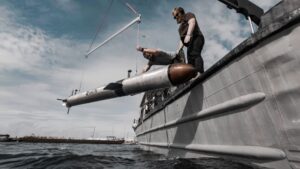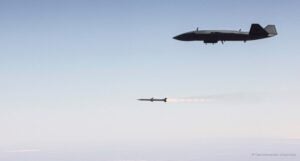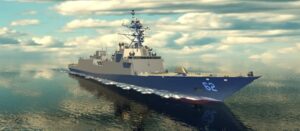
The latest annual report from Pentagon’s chief weapons tester said the Navy’s upcoming Constellation-class frigate (FFG-62) has design risks to its three primary mission areas. The report from the office of the Director of Operational Test & Evaluation (DOT&E) specifically noted Fincantieri Marinette Marine’s Constellation-class frigate design “presents risks to operational effectiveness in each of its primary mission areas: air warfare, anti-submarine warfare, and surface warfare.” DOT&E said it previously released a classified “early operational assessment” that identified design risks…

 By
By 